What is the stripped upper receiver AR15?🤔
It in the context of an AR-15 is a key component of the rifle’s upper assembly, is the upper half of the rifle that is sold without key internal and external components, allowing for customization and assembly according to the user’s preferences. It’s a common choice for those who want to build a personalized AR-15 firearm.
Features📝
A stripped upper receiver for an AR-15 typically comes with a few essential features and specifications, but it is intentionally devoid of certain components to allow for customization. Here are some of the key specifications:
🔰 Material: They are commonly made from aluminum, often 7075-T6 aluminum, which is known for its durability and lightweight properties.
🔰 A1, A2, or Flat-Top Design: Upper receivers may come in different designs, including A1 (with a fixed carry handle), A2 (with a detachable carrying handle and rear sight), or flat-top (with a Picatinny rail for attaching optics and accessories).
🔰 Ejection Port Cover: Most uppers have a cutout for an ejection port cover, which helps prevent debris from entering the upper receiver while the rifle is in use. The ejection port cover itself may or may not be included, depending on the manufacturer.
🔰 Barrel Nut Threads: It will have threads at the front end for attaching a barrel nut. The specific thread pattern (e.g., 1-1/4″-18, 1-7/16″-16, or other) can vary, so it’s important to ensure compatibility with the barrel you plan to use.
🔰 Finish: Stripped upper receivers often come with a hard-anodized finish for corrosion resistance and added durability. The finish may be black, matte, or other colors depending on the manufacturer.
Benefits🔥
Using a stripped upper receiver for your AR-15 build offers several benefits, making it a popular choice among firearm enthusiasts and builders. Here are some of the advantages:
✅ One of the most significant benefits is the ability to customize your AR-15 to your exact preferences.
✅ Building an AR-15 with such an upper receiver can often be more cost-effective than buying a fully assembled rifle. You can select budget-friendly or premium components based on your budget, potentially saving money compared to purchasing a pre-built firearm with features you may not need.
✅ As your needs and preferences change over time, you can easily upgrade or modify your AR-15 when using an upper. You can swap out parts or add accessories as desired without the limitations of a pre-built rifle.
How to clean it?🫧
Cleaning the upper receiver of an AR-15 is an essential part of firearm maintenance to ensure the reliable function and longevity of your rifle. Here’s a step-by-step guide:
🛠️ Tools and Supplies Needed:
- 🧩 Cleaning rod with a bore brush and patch holder;
- 🧩 Cleaning patches;
- 🧩 Solvent or CLP (Cleaner, Lubricant, and Protectant);
- 🧩 Bore snake (optional);
- 🧩 Nylon or brass cleaning brushes;
- 🧩 Cotton swabs;
- 🧩 A toothbrush or dedicated AR-15 cleaning brush;
- 🧩 Microfiber or lint-free cloth;
- 🧩 Lubricating oil;
- 🧩 Safety glasses for eye protection (optional).
✍️ Steps:
| ➡️ Safety First: | Ensure the rifle is unloaded and the chamber is clear. Visually inspect the chamber and magazine well to confirm there is no live ammunition present. |
| ➡️ Disassembly: | If necessary, remove any optics, handguards, or accessories attached to the upper receiver to access all areas for cleaning. Remove the bolt carrier group (BCG) and charging handle from the upper receiver. This will allow better access to the interior of the upper receiver. |
| ➡️ Bore Cleaning: |
✔️ Attach a bore brush to your cleaning rod, dip it in a solvent, and run it through the barrel from the chamber end. This helps remove fouling and deposits from the barrel. ✔️ Follow up with several solvent-soaked cleaning patches, pushing them through the barrel with the cleaning rod. Continue until the patches come out relatively clean. ✔️ Optionally, use a bore snake for quick pass-through cleaning of the barrel. |
| ➡️ Upper Receiver Exterior Cleaning: |
✔️ Apply solvent or CLP to a cleaning patch or cleaning brush. ✔️ Use the patch or brush to clean the interior of the upper receiver, including the feed ramps, bolt carrier group channel, and other areas with carbon buildup or fouling. ✔️ Use cotton swabs and a toothbrush or dedicated AR-15 cleaning brush to reach into tight areas and remove debris and fouling. |
| ➡️ Bolt Carrier Group (BCG) Cleaning: |
✔️ Clean the BCG components, including the bolt, bolt carrier, and gas key, with solvent and a cleaning brush. Pay attention to carbon buildup. ✔️ Wipe down the BCG components with a clean cloth or cleaning patches. |
| ➡️ Charging Handle Cleaning: |
✔️ Clean the charging handle with a solvent-soaked cleaning patch or brush. ✔️ Wipe it down with a clean cloth. |
| ➡️ Lubrication: | After cleaning and ensuring all parts are dry, apply a thin layer of lubricating oil to the BCG and charging handle. Ensure all moving parts are lubricated adequately, but avoid over-lubrication. |
| ➡️ Reassembly: | Reassemble the upper receiver, bolt carrier group, and charging handle back into the rifle, following your manufacturer’s instructions if needed. |
| ➡️ Function Test: | Before considering the cleaning process complete, perform a function test to ensure the rifle cycles correctly and the safety functions as intended. |
| ➡️ Exterior Wipe-Down: | Wipe down the exterior of the upper receiver with a clean, dry cloth to remove any excess oil and fingerprints. |
😉 Regular cleaning and maintenance are essential to keep your AR-15 functioning reliably and prolong its lifespan. How often you should clean it depends on usage and environmental conditions, but it’s generally a good practice to clean it after every shooting session or at least every few hundred rounds.
Best Stripped Upper Receiver AR15 Reviews
1# Aero Precision AR-15 Stripped Upper Receiver
View on OpticsPlanet View on Brownells
Whether you’re starting from scratch or simply replacing a few parts, the Aero Precision AR15 Stripped Upper Receiver is a great choice for any AR-15 build. Based on our experience these receivers are made from high-quality 7075-T6 aluminum and are precision machined to mil-spec M16/M4 specifications. The M4 feed ramps and .250 takedown pin holes provide compatibility with a wide variety of components, and the durable black anodized finish ensures lasting performance. So if you’re searching for a top-quality upper receiver that will help you create the perfect AR-15, check out this upper receiver.
2# Aero Precision AR-15 XL Stripped Upper Receiver
View on OpticsPlanet View on Brownells
The Aero Precision AR15 XL Stripped Upper Receiver is a top-quality product that is perfect for those looking to build their own AR15 rifle. Forged from 7075-T6 aluminum, this stripped upper receiver is precision machined to mil-spec M16/M4 specifications, making it a perfect match for our AR15 lower receivers. It features a port door opening that has been enlarged to fit .458 Socom and other similar rounds (.450 Bushmaster, .50 Beowulf, etc.) and comes with a forward assist and port door installed. The “XL” portion of the Aero Precision logo on the tang provides a unique look that sets this upper receiver apart from the competition.
3# Aero Precision AR-15 M4E1 Stripped Upper Receiver
View on OpticsPlanet View on Brownells
Looking to take your rifle build to the next level? Then you need a high-quality stripped upper receiver like this one from Aero Precision. Our research has shown that these AR15 upper receivers are machined from rugged, lightweight 7075-T6 aluminum and come in your choice of finish to further enhance their strength and resistance to corrosion and abrasion. It also features a Picatinny profile that blends perfectly with our Atlas Series of handguards. So whether you need improved shooting performance for nearly any application, or just want a stylish upgrade for your rifle, the Aero Precision M4E1 is the perfect choice.
4# Lantac Advanced Receiver Multi-Caliber UAR
Introducing the Lantac LA00221 Advanced Receiver Multi-Caliber UAR, the next generation of precision upper receivers for your AR-15. With its specially burnished bore and compacted internal surface, the UAR provides smoother operation and reduced friction for your bolt carrier group. Additionally, all barrel nut threads, bore, and barrel extension surfaces are machined in one operation for greater accuracy and concentricity. The CP-R360 Cam Pin features a radial, domed head design for superior performance with minimal wear against internal surfaces. Get the most out of your AR-15 with this advanced receiver.
5# Noveske Gen III Stripped Upper Receiver
The Noveske Rifleworks Gen III N4 Stripped AR-15 Upper Receiver is the perfect match for your N4 lower receiver. It is machined from a billet of aluminum, which allows Noveske to customize the external geometries for a customized look while still being compatible with Mil-Spec AR-15 components. Our findings show that the Type III hard coat anodizing improves corrosion and wear resistance, making this one of the most durable upper receivers on the market. If you’re looking to build a high-quality AR-15, start with this upper receiver.
6# Stag Arms AR-15 A3 Stripped Upper Receiver Left Hand
Searching for a high-quality, left-handed AR-15 upper receiver? Look no further than the Stag Arms AR-15 A3 Stripped Upper Receiver. This top-of-the-line receiver is crafted from forged mil-spec material and features type 3 hard coat anodizing and a Picatinny rail on top. perfect for mounting your favorite optics. In addition, it comes with an installed dust cover and forward assist assembly that conforms to stringent mil-spec standards. Don’t miss out on this great opportunity to build your dream AR-15 today!
7# Anderson Manufacturing AM-15 Upper Receiver
The AM-15 Assembled Upper Receiver from Anderson Manufacturing is a great option for your next AR-15 build. This upper receiver comes with the dust cover forward assist and charging handle already installed, and is machined from a 7075 T6 aluminum forging. It features M4 feed ramps and is machined to military specifications and standards, making it compatible with multiple calibers on the AR-15 platform. The upper receiver also comes in type III hard coat black anodize for extreme durability, so you can be confident that it will stand up to whatever you throw at it. Pair this upper receiver with one of Anderson Manufacturing’s lower receivers for a solid fit and finish on your AM-15 build.
8# Guntec USA AR-15 Stripped Billet Upper Receiver
If you’re searching for a top-quality AR15 Upper Receiver, you can’t go wrong with Guntec USA. As a result of our tests, we determined that these stripped uppers are made from solid 6061 billet aluminum and are designed to fit any AR 15-compatible lower receiver. They’re available in a wide range of colors, so you can customize your weapon to suit your style. Durable and dependable, Guntec USA’s stripped billet uppers are a great choice for your next carbine build. Pick one up today!
9# Wilson Combat AR-15 Billet Stripped Upper Receiver
View on OpticsPlanet View on Brownells
If you’re in the market for a top-quality, durable upper receiver for your AR-15, look no further than the Wilson Combat AR-15 Billet Stripped Upper Receiver. Machined from aircraft-grade billet aluminum, this upper receiver is designed to provide superior strength and durability, while also addressing common structural weaknesses in standard rifles. With superior tolerances and a commitment to quality that is second to none, a Wilson Combat upper receiver is an excellent choice for anyone looking to build or upgrade their AR-15.
10# American Tactical Imports AR-15 Stripped Poly Hybrid Upper Receiver
The American Tactical Imports AR-15 Stripped Poly Hybrid Upper Receiver offers the durability of forged aluminum with significantly less weight, making it the perfect choice for your next rifle build. This versatile upper receiver can be chambered for multi-calibers including 5.56mm, 300BLK, 22LR, 6.8SPC, and other calibers, and accepts standard mil-spec parts. At only half a pound, it’s one of the lightest upper receivers on the market, making it an excellent choice for those looking to reduce the overall weight of their rifle. Complete your build with this high-quality, lightweight upper receiver from American Tactical Imports.
11# Yankee Hill Machine Billet Stripped Upper Receiver
The Yankee Hill Machine Billet Stripped Upper Receiver is a high-quality product made from a 7075-T6 aluminum billet. It features M4-style feed ramps and is coated with dry film lube for improved function and durability. Our analysis of this product showed that this upper receiver is compatible with standard lower receivers and mil-spec parts, making it a great option for those looking to upgrade their existing firearm. It also features a hard coat anodized finish in matte black, which meets mil-spec standards.
12# Yankee Hill 110 Flat Top Stripped Upper Receiver
The Yankee Hill 110 Flat Top Stripped Upper Receiver is the perfect way to start your AR-15 build. This forged aluminum receiver is machined to Mil-Spec dimensions and features M4 feed ramps. The inside of the receiver is coated with dry film lube for superior function. The receiver accepts standard upper receiver parts and fits any Mil-Spec lower receiver. Get started on your next AR build with this stripped upper receiver. Say goodbye to complicated jobs and hello to the simplicity and quality of this upper!
13# ZEV Technologies AR15 Forged Upper Receivers
Looking to build a custom AR-15? Start with a high-quality foundation with the ZEV Technologies Forged AR-15 Upper Receiver. ZEV starts with 7075 T6 aluminum forgings and machines them to better than mil-spec dimensions, meaning maximum compatibility with mil-spec and aftermarket parts and accessories. The upper receiver is then finished with a true black Class 2 Type 3 hard coat anodized for superior strength and durability. The Picatinny rail is laser T-marked for easy optics mounting, and the M4 feed ramps are cut standard. Get the most out of your AR-15 build with this upper receiver.
14# Fortis Manufacturing Fortis Billet Upper Receiver
The Fortis Manufacturing Billet Upper Receiver is a top-quality choice for anyone looking to increase the performance of their rifle. Based on our observations this receiver is machined from aircraft grade 7075 T6 aluminum for superior strength and durability and features a Mil-Spec Type III hard coat anodized finish with M4 feed ramps. It is also engraved with logos on both sides as well as on the top, adding a touch of style to your gun. The 1913 Picatinny rail provides plenty of space for attaching optics and other accessories, and the one-piece billet design makes for a sleek look. This upper receiver is sure to give your rifle the edge you need, whether at the range or in competition.
⚙️How to assemble an AR15 upper?⚙️
Assembling an AR-15 upper receiver is a detailed process, and it’s crucial to ensure everything is done correctly for the firearm’s safety and functionality. Below is a step-by-step guide on how to assemble it.
🧑🔧 Tools and Components Needed:
- 🛠️ Stripped upper receiver;
- 🛠️ Forward assist assembly (if your upper receiver has one);
- 🛠️ Ejection port cover assembly (if your upper receiver has one);
- 🛠️ Barrel with barrel extension and gas port;
- 🛠️ Barrel nut;
- 🛠️ Gas block and gas tube;
- 🛠️ Handguard or rail system;
- 🛠️ Muzzle device (e.g., flash hider or muzzle brake);
- 🛠️ Crush washer or peel washer (for muzzle device);
- 🛠️ Upper receiver vise block or action block;
- 🛠️ Armorer’s wrench and torque wrench;
- 🛠️ Barrel nut wrench (if not included with the armorer’s wrench);
- 🛠️ Anti-seize grease or thread locker (optional);
- 🛠️ Allen wrenches or screwdrivers (depending on handguard type).
✒️ Assembly Steps:
| 1️⃣ Place the stripped upper receiver in an upper receiver vise block or action block to secure it in a vise. This will allow you to work on it more effectively. |
| 2️⃣ If your upper has a forward assist, insert the forward assist assembly into the appropriate slot on the upper receiver. Secure it in place using the forward assist roll pin. Use a roll pin punch and a hammer to drive the roll pin through the receiver and into the forward assist assembly. |
| 3️⃣ If your upper receiver has an ejection port cover, attach it to the upper receiver using the ejection port cover pin and c-clip or spring. Ensure that the ejection port cover operates smoothly when opened and closed. |
| 4️⃣ Apply a small amount of anti-seize grease or thread locker to the barrel threads (if desired). Slide the barrel into the front of the upper receiver, ensuring that the barrel extension aligns correctly with the upper receiver’s extension. Hand-tighten the barrel nut onto the threads, making sure it engages the upper receiver’s barrel extension. Use an armorer’s wrench and a torque wrench to torque the barrel nut to the manufacturer’s specified torque value. This value typically falls within the range of 30-80 ft-lbs, depending on the design. |
| 5️⃣ Slide the gas block onto the barrel and secure it in place using set screws or pins, following the manufacturer’s instructions. Slide the gas tube through the gas block and into the upper receiver’s gas key. Ensure the gas tube is properly aligned and secured. |
| 6️⃣ Attach the chosen handguard or rail system to the upper receiver, following the manufacturer’s instructions. This may involve tightening screws or bolts. Ensure the handguard or rail system is securely fastened and aligned with the upper receiver’s Picatinny rail. |
| 7️⃣ Thread the chosen muzzle device (e.g., flash hider or muzzle brake) onto the barrel’s muzzle threads. Use a crush washer or peel washer (if needed) to properly time the muzzle device. Torque the muzzle device to the manufacturer’s specified torque value. |
| 8️⃣ Check all components for proper alignment, torque, and functionality. Ensure the upper receiver is clean and free from debris. |
| 9️⃣ Before attaching the upper receiver to the lower receiver, you may want to test-fire the upper to ensure it functions correctly and cycles ammunition without issues. |
| 🔟 The final step involves attaching the upper receiver to the lower receiver, which requires pushing out and reinstalling the takedown and pivot pins. The process varies depending on the lower receiver’s design and whether it’s a complete lower or one you’ve built. |
📌 Always follow the manufacturer’s instructions for the specific components used in your upper receiver assembly, and ensure compliance with all local, state, and federal firearm laws and regulations throughout the assembly process. If you’re not confident in your assembly skills, seek assistance from a qualified gunsmith or armorer.
FAQ🤓
Conclusion😊
When it comes to buying a Stripped Upper Receiver AR15, there are many things to consider. In this article, we’ve outlined the most important factors and provided reviews of some of the best products on the market. Now that you know what to look for, be sure to use our tips to find the perfect upper receiver for your needs. With so many options available, we’re sure you’ll find one that fits your budget and shooting style. Thanks for reading!🥰❤️🔥
Affiliate Disclosure: Rotorm.com sometimes gets paid for listings, through sponsors or affiliate programs like Amazon, Optics Planet, Lucky Gunner, Brownells, Cabelas, Rainier Arms, 5.11 Tactical, Bass Pro Shop, etс. Clicking a link helps keep Rotorm.com free, at no extra cost to you!
About the author: Each article on our site is written by experts in survival and tactical equipment, gun enthusiasts, extreme travelers, military, law enforcement and desperate professionals, read about the author at the bottom of the article or visit "About Us" page.
Note: The views and opinions expressed in this article are those of the authors and do not necessarily reflect the official policy or position of any agency.

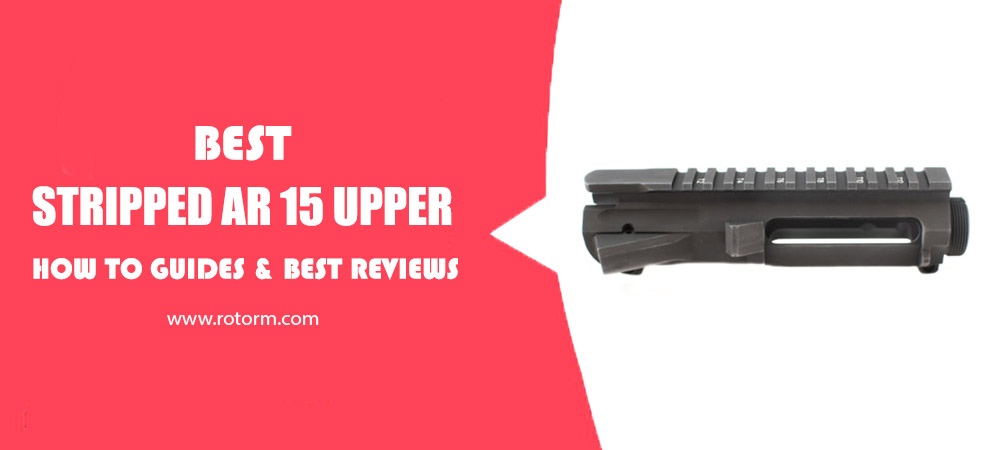
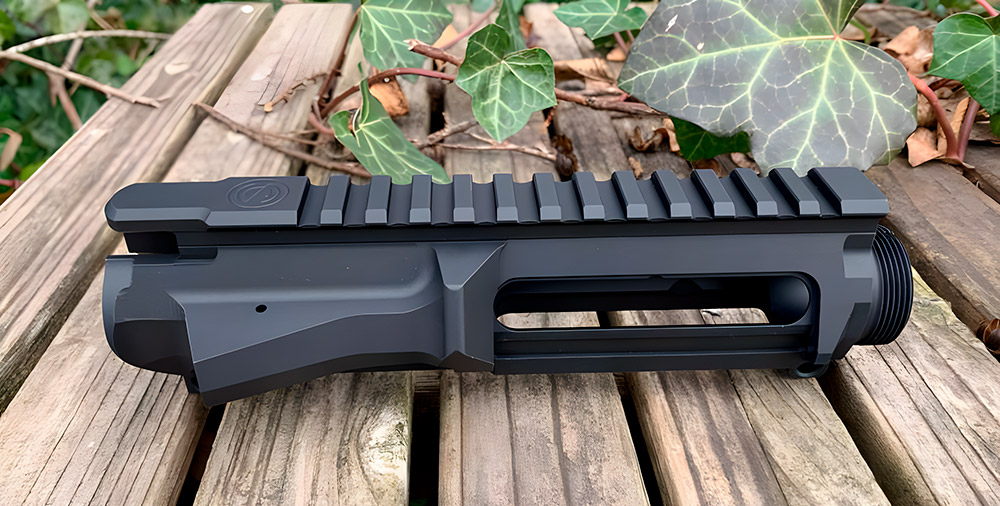
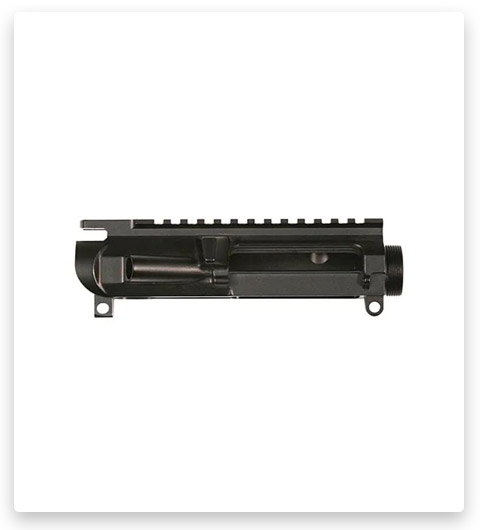
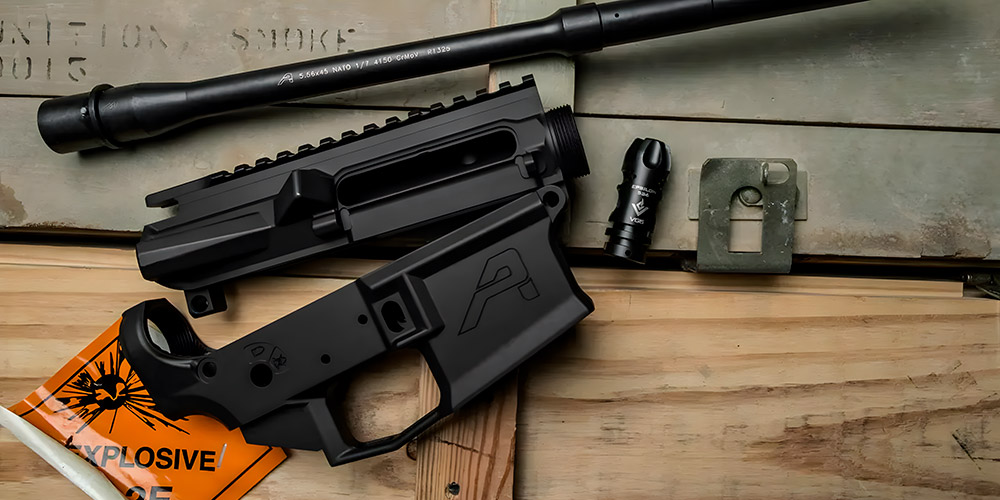
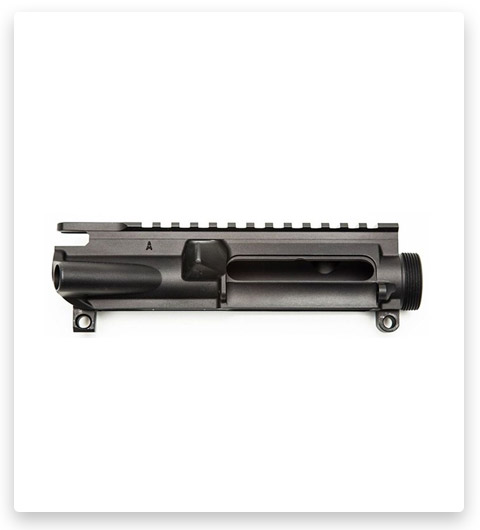
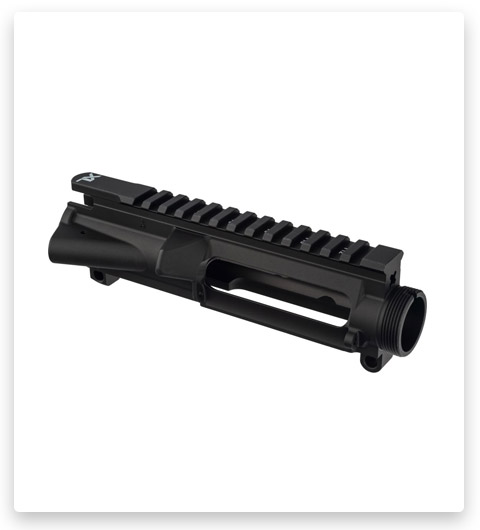
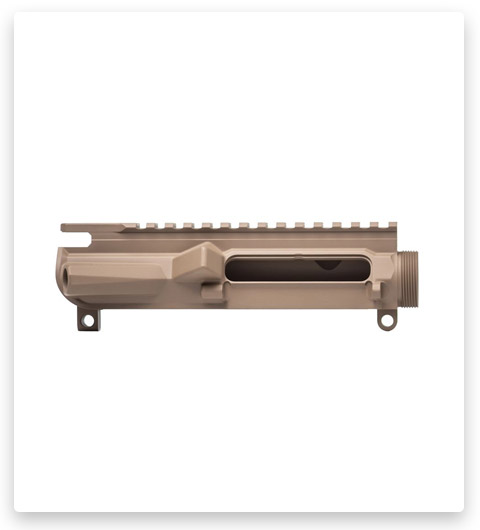
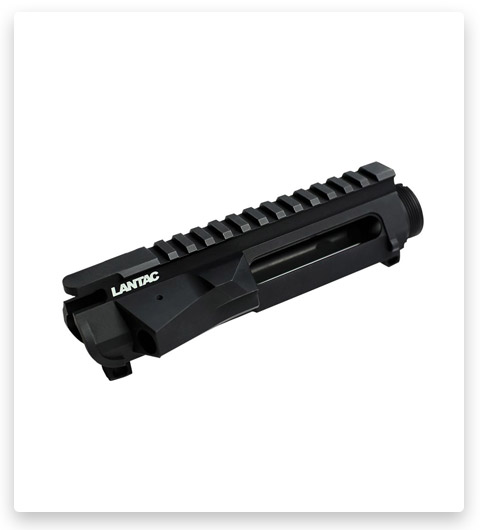
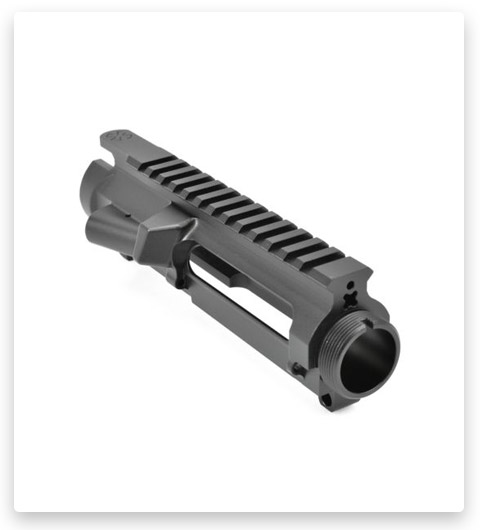
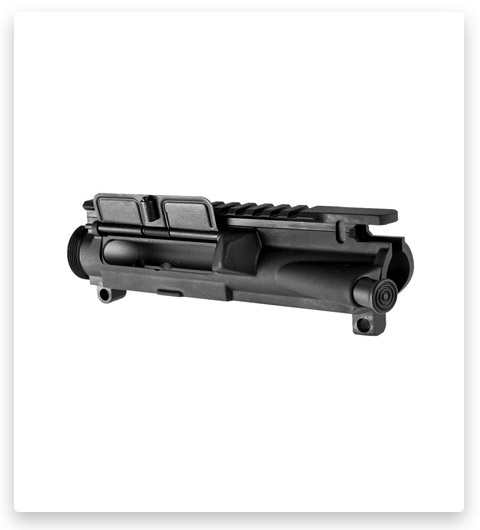
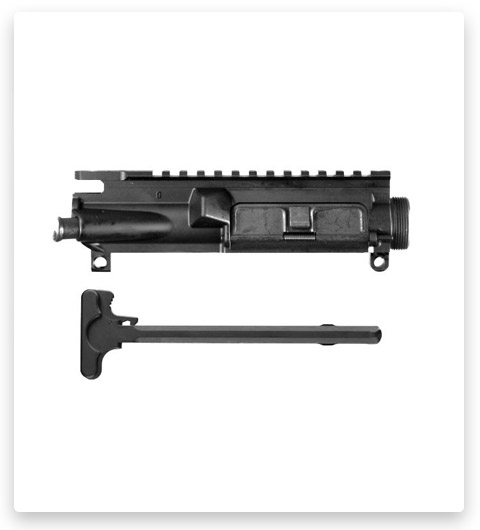
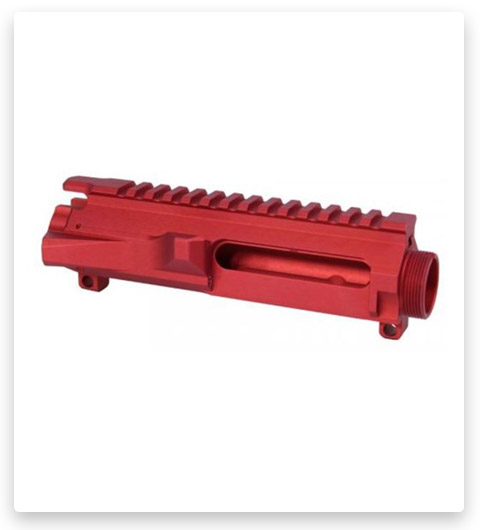
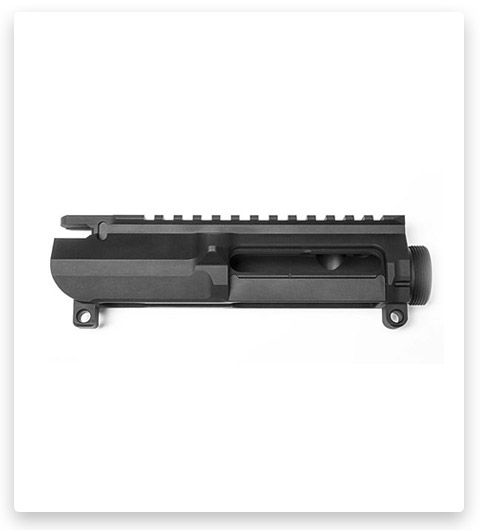
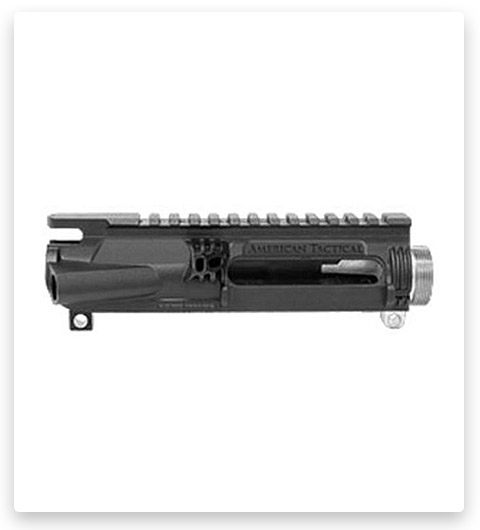
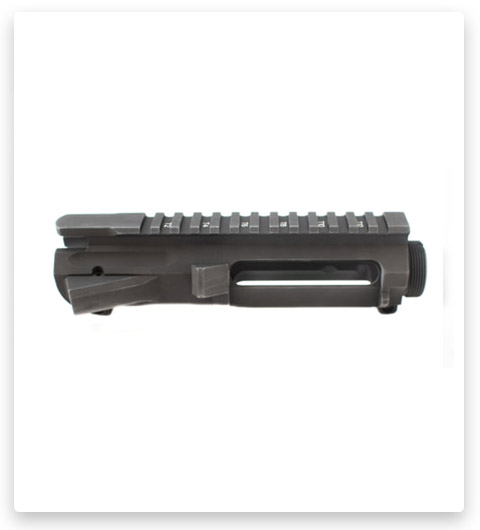
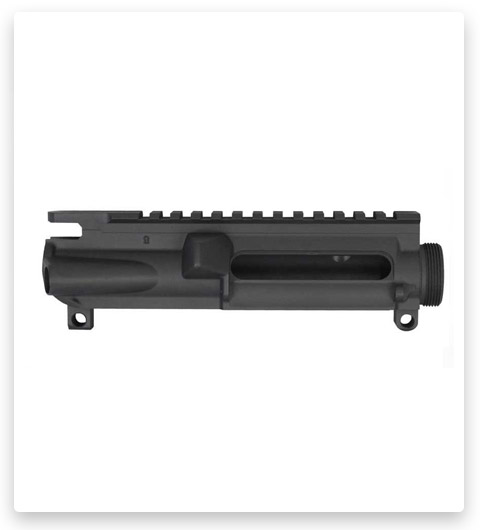
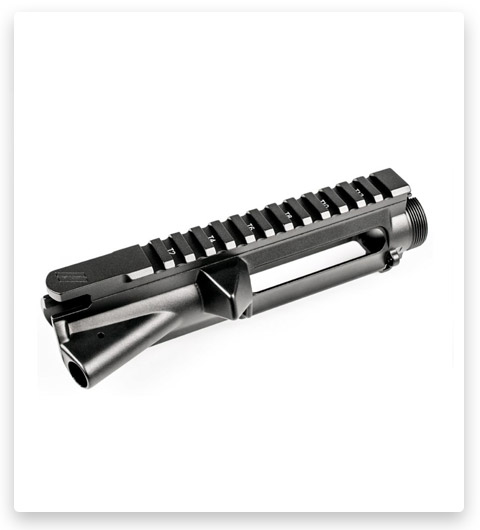
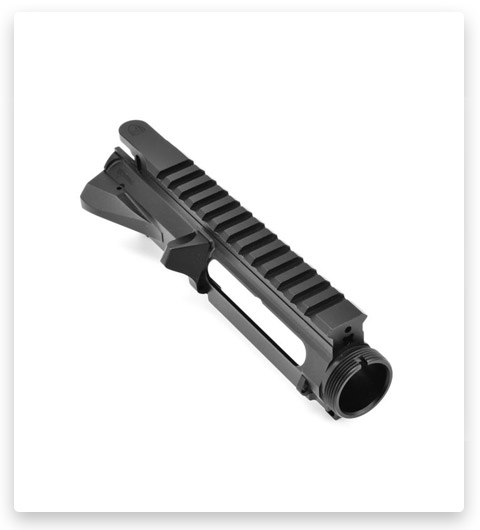
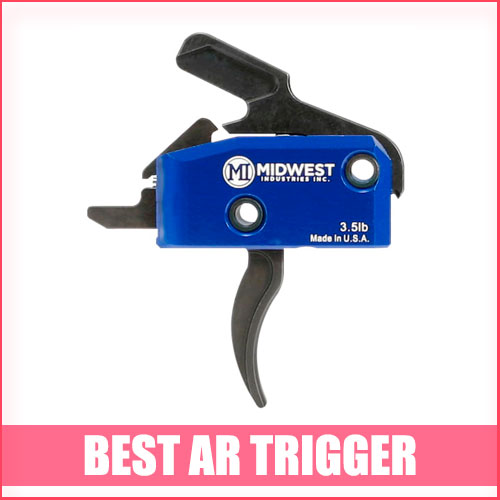
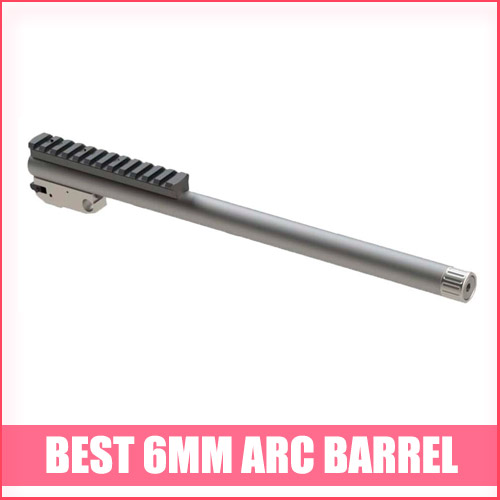
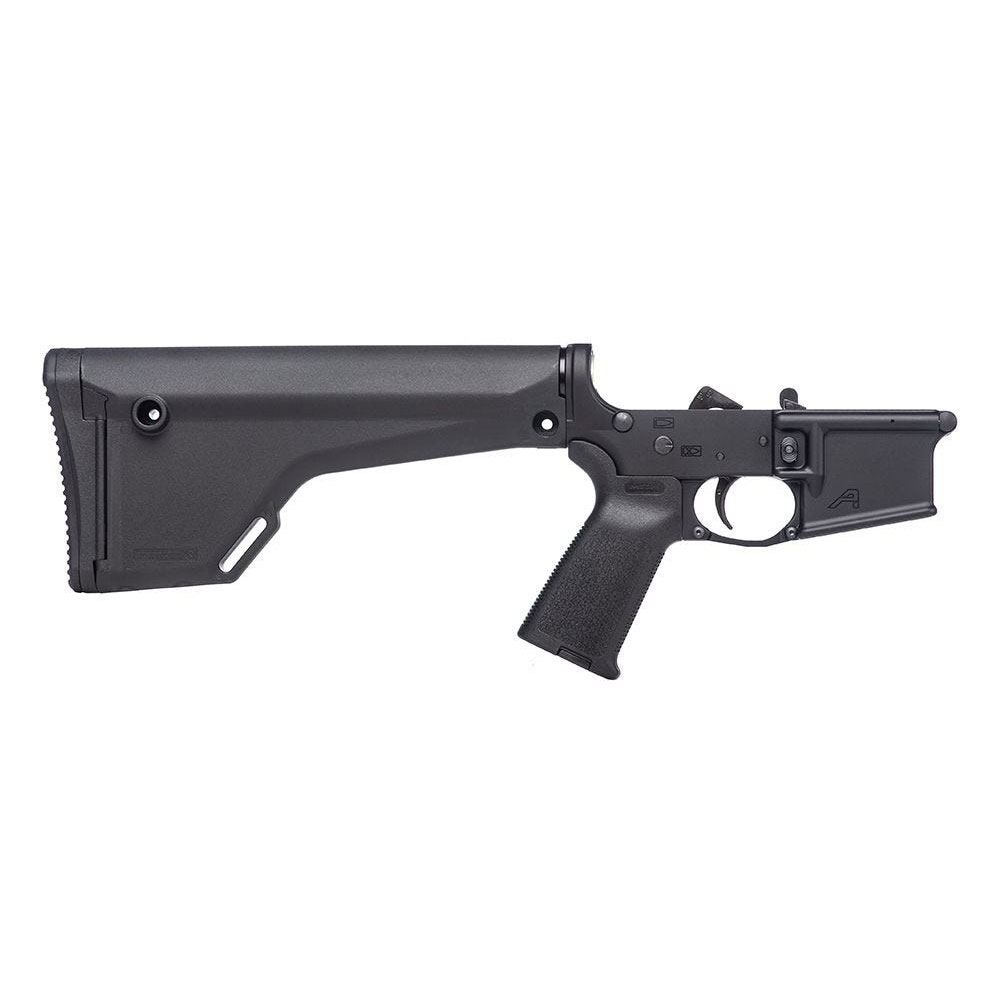
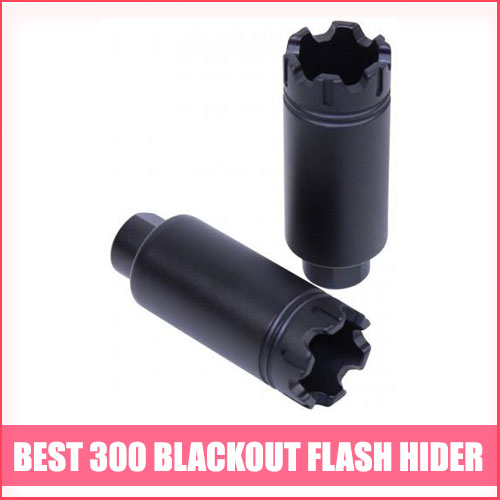
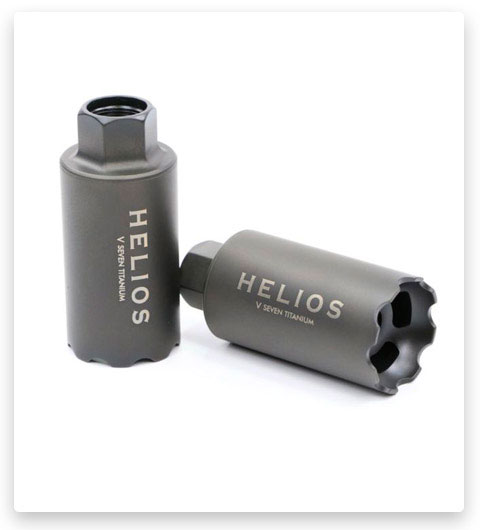
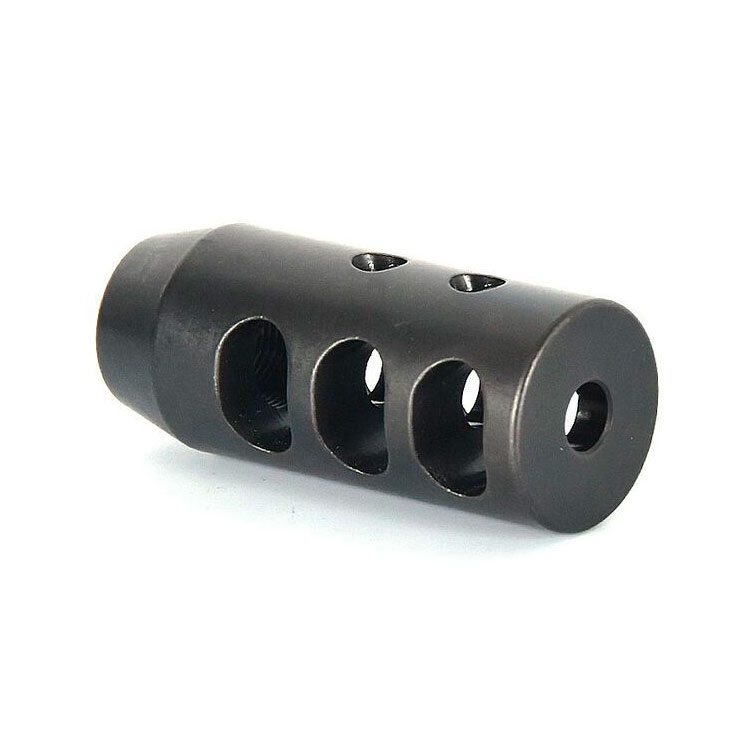
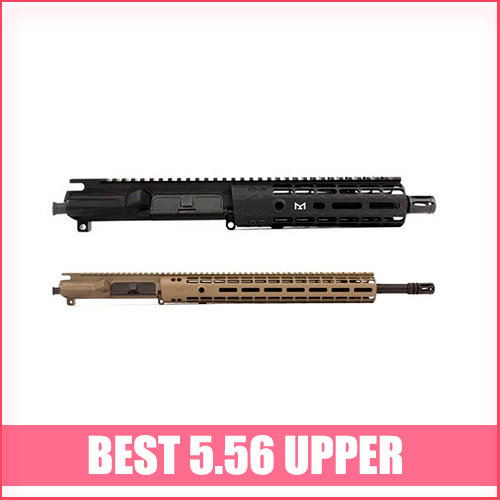
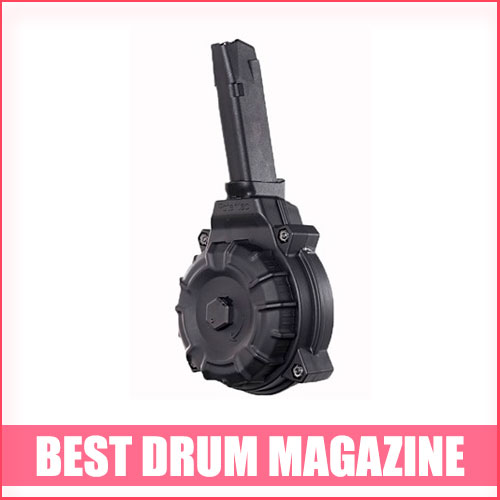
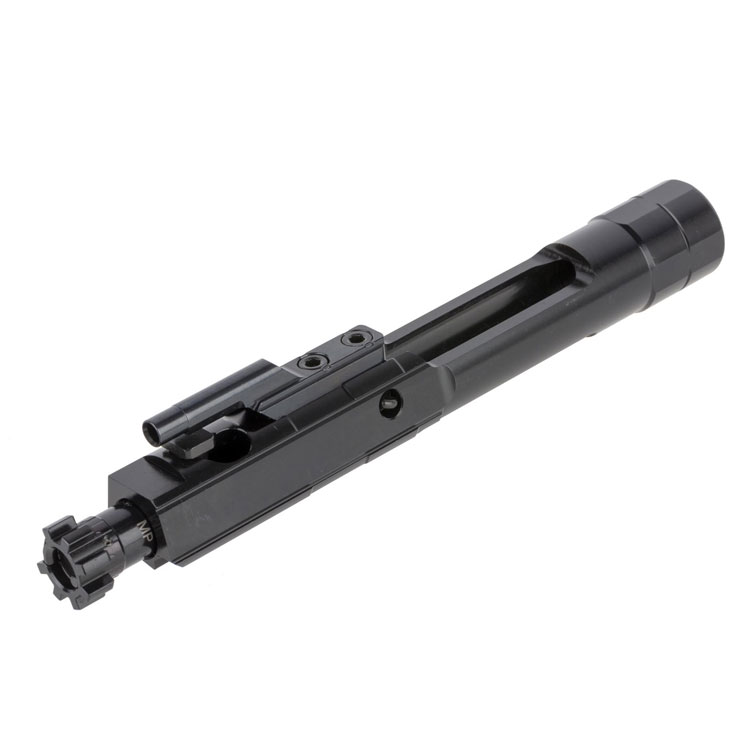
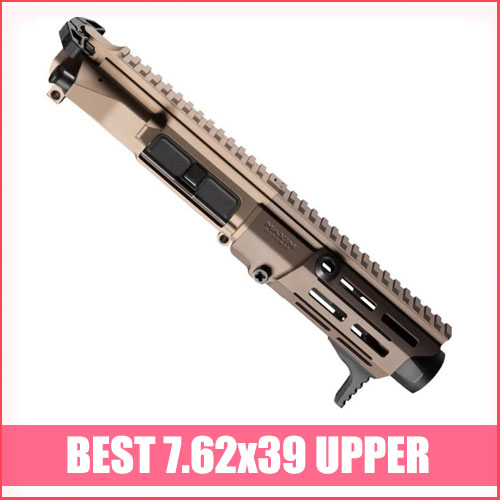
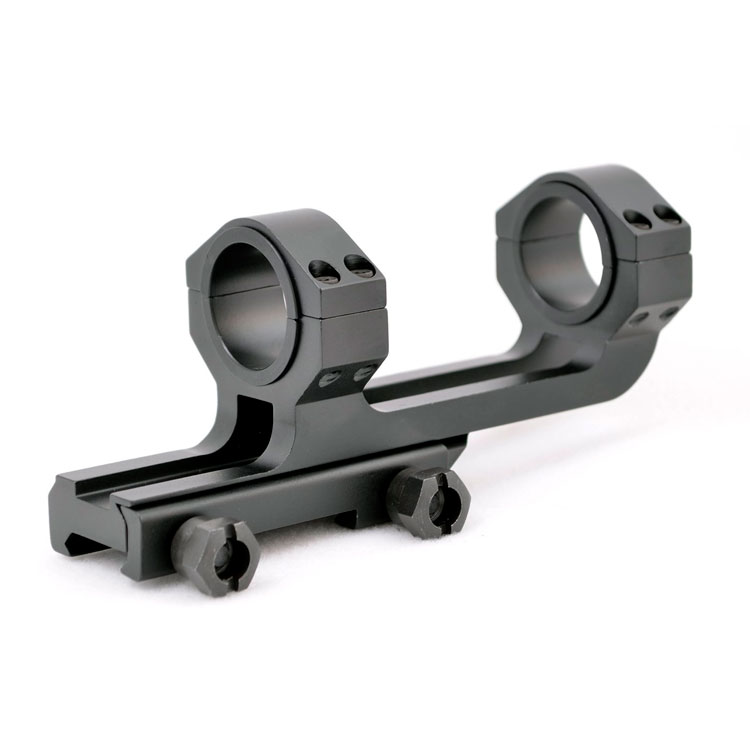
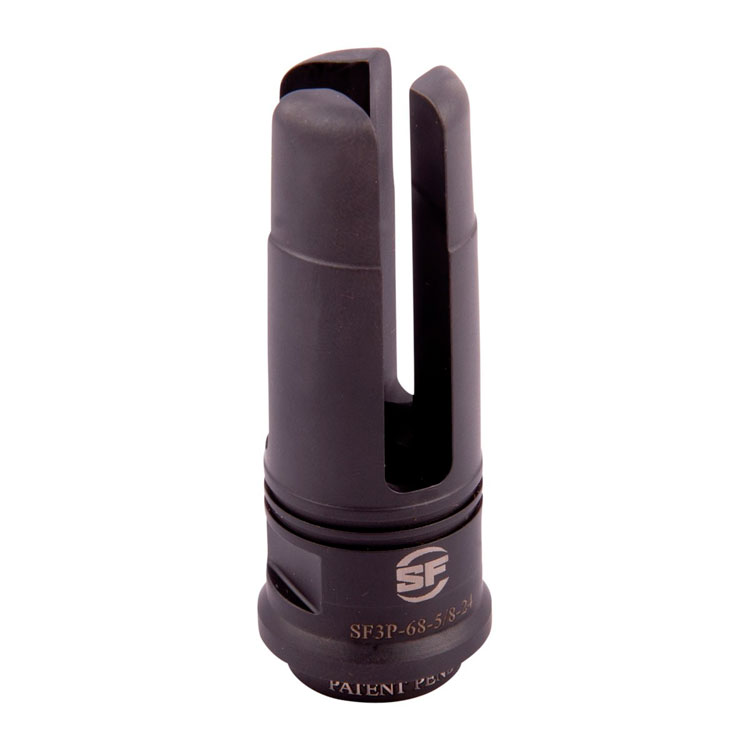
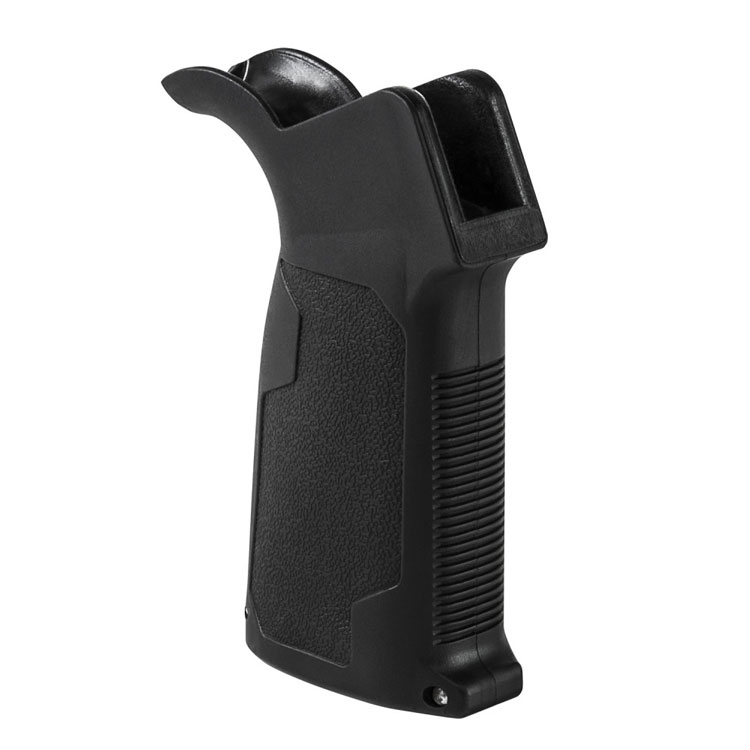
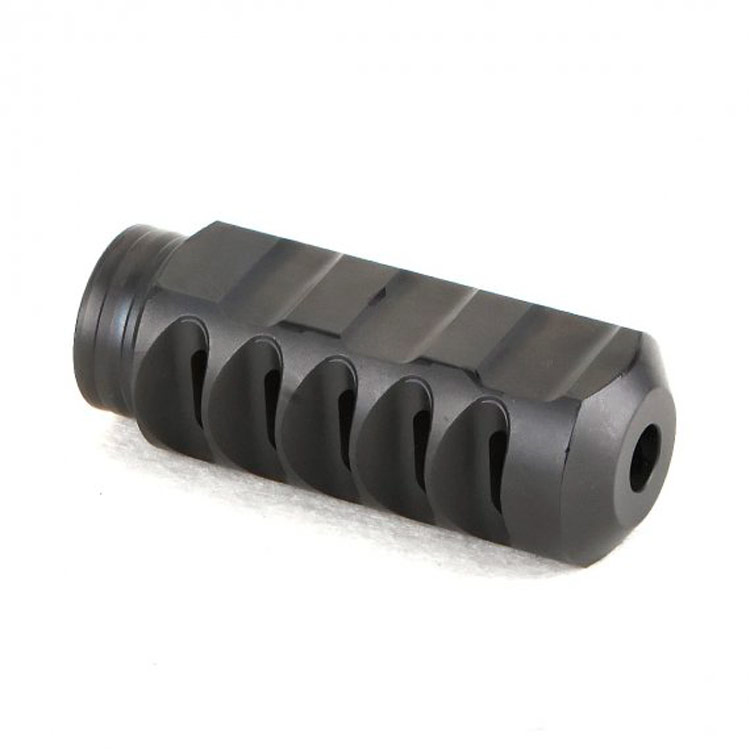

I’m looking for suggestions for a billet upper receiver that falls in the mid to higher-end range. What I’m after is a product that combines these qualities with the added convenience of being already anodized or Cerakoted. Any recommendations or advice would be greatly appreciated.
In my opinion, a better option would be to consider an Aero Precision AR-15 XL Stripped Upper Receiver. You can also opt for a Noveske Gen III Stripped Upper Receiver. This approach is likely to offer better compatibility and a smoother overall experience.
I recently acquired a Wilson Combat lower receiver, albeit at a premium price, and I’m now in the early stages of planning out a high-end AR build. I’m particularly interested in finding a stripped upper receiver to complement this project. Regarding barrel length, I’m currently leaning toward the 12.5 to 14.5-inch range, but I’m open to any length recommendations. I plan to take my time with this build, investing in quality components to ensure a top-tier result. Your guidance and suggestions on how to assemble this rifle would be highly valued.
I’ve recommended you go with the Guntec USA AR-15 Stripped Billet Upper Receiver. In terms of aesthetics, this upper comes in different colors, so you may choose a preferred one.
I opted to install the Yankee Hill Machine Billet Stripped Upper Receiver. My decision was influenced by the reputation of the upper receiver for its exceptionally tight tolerances, which are known to contribute to enhanced accuracy. Additionally, I must admit that its aesthetic appeal played a part in my choice – it simply looks fantastic on the rifle.
I’m in the process of building a rifle that I intend to rely on for critical scenarios, including end-of-the-world or life-dependent situations. I’ve been actively training and taking classes to prepare. One question that’s been on my mind is whether the brand of the upper receiver matters.
😉 Yes, the brand of the upper receiver does matter when building a rifle, especially if you intend to rely on it for critical scenarios or life-dependent situations. The brand of the upper receiver can be a significant indicator of its quality, reliability, and performance. Here are some reasons why the brand matters:
☑️ Quality Control: Reputable firearm manufacturers invest in stringent quality control processes to ensure that their products meet high standards. Well-established brands are more likely to produce upper receivers with consistent quality and fewer defects.
☑️ Reputation: Brands that have been in the firearms industry for a long time often have established reputations for producing reliable and durable components. You can rely on the reputation of a trusted brand when making your purchasing decision.
☑️ Compatibility: Established brands tend to design their upper receivers to be compatible with a wide range of components, making it easier to build a rifle that functions well and meets your specific needs.
☑️ Warranty and Customer Support: Many reputable brands offer warranties and good customer support, which can be crucial if you encounter any issues with your upper receiver. Having a reliable warranty and access to helpful customer service can give you peace of mind.
☑️ Aftermarket Support: Well-known brands often have a robust aftermarket community. This means you’re more likely to find a variety of accessories, replacement parts, and upgrade options for your upper receiver if it’s from a popular brand.
☑️ Resale Value: If you ever decide to sell or trade your rifle in the future, a rifle with components from reputable brands typically has a higher resale value compared to one with lesser-known or low-quality components.
🛑 While the brand is an important factor, it’s not the only consideration. You should also evaluate specific features, materials, and design aspects of the upper receiver to ensure it suits your intended purpose and preferences. Additionally, consider factors like compatibility with your lower receiver and other components, as well as any legal requirements in your area.
From my perspective, when it comes to the upper receiver housing itself, the brand or model isn’t as critical as long as it meets the necessary specifications. What truly matters are the components within the upper assembly, specifically the bolt carrier group (BCG), barrel, and gas block. These are the components where quality should not be compromised, and it’s crucial not to skimp on them for the build.
I’m currently in the process of planning a precision upper build, and I’m pondering whether certain brands and models inherently offer better accuracy. My initial inclination was to go with a basic Aero Precision upper, but I’m curious about investing in other options. I’d appreciate any insights or advice on this matter. Thank you!
From my perspective, while the upper receiver may have a minor impact on accuracy, it’s crucial to prioritize your investments in other areas first. Specifically, allocating your budget toward a high-quality trigger, barrel, and bolt carrier group (BCG) will likely yield more noticeable improvements in accuracy compared to obsessing over the brand of your stripped upper receiver. These components have a more significant and direct influence on the overall performance of your precision build.
I decided to go with ZEV Technologies AR15 Forged Upper Receivers. The cost savings from this choice allowed me to allocate more funds toward critical components such as the barrel, trigger, and ammunition.